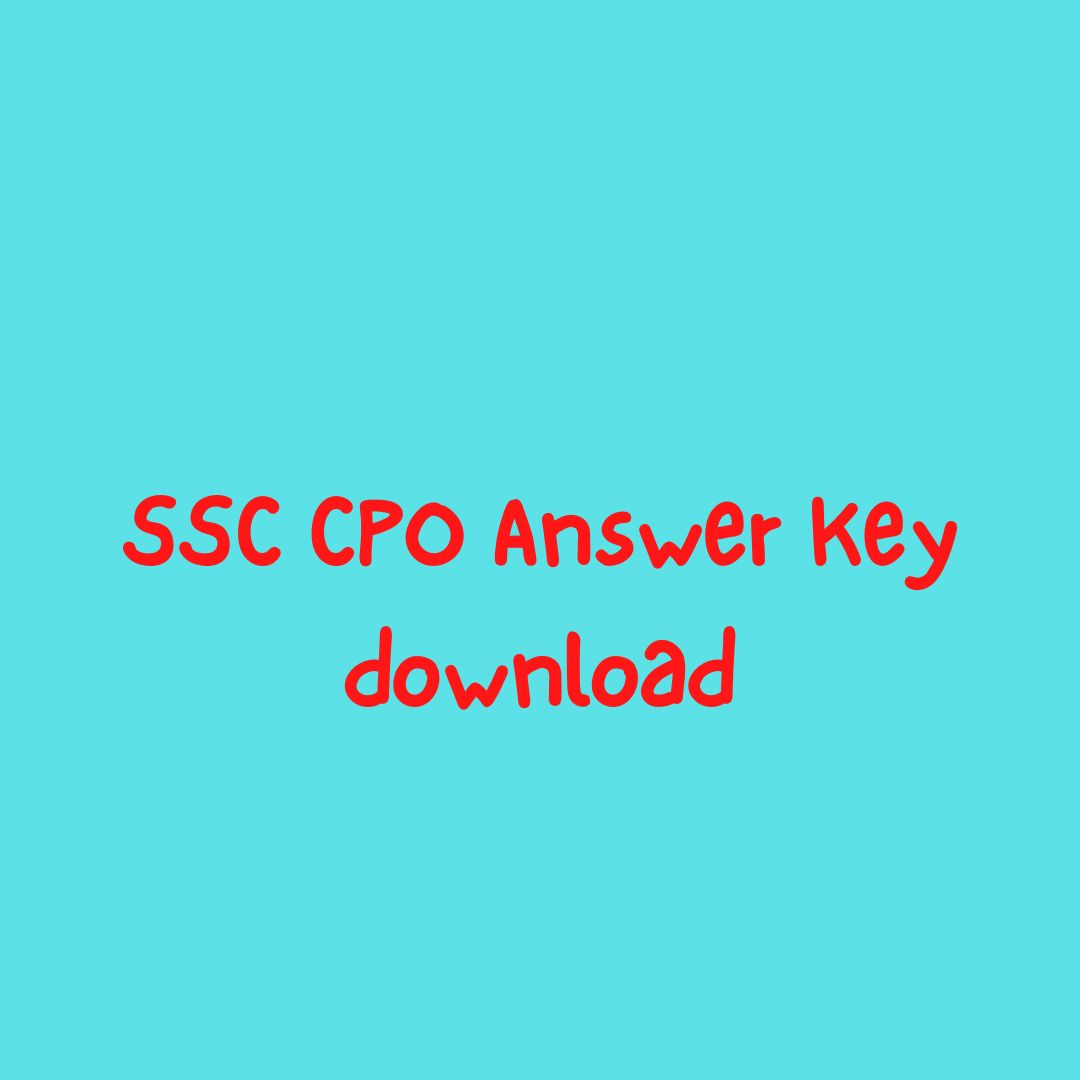The world of cryptocurrency has opened up exciting opportunities—but it has also given rise to sophisticated scams. One emerging threat is the so-called “Flash USDT.” In this blog, we’ll explore what Flash USDT is, how scammers create and use it, and most importantly, how you can protect yourself from falling victim.
Understanding Flash USDT
What is USDT?
USDT, or Tether, is a popular stablecoin pegged to the US dollar. It’s widely used for trading and transferring value within the crypto ecosystem. Legitimate USDT is issued by trusted companies, and its contract addresses are verifiable on public blockchains.

What is Flash USDT?
“Flash USDT” refers to counterfeit or fraudulent versions of USDT created by scammers to deceive users. These fake tokens might mimic the look and feel of real USDT, often through fraudulent smart contracts or manipulated blockchain data. The “flash” aspect can imply rapid, sometimes automated scams where users are tricked into transacting with a fake version that vanishes quickly.
Example:
A scammer might launch a fake token during a “flash” promotion event, claiming it’s a bonus USDT drop for quick responders. Unsuspecting users who follow the instructions end up with worthless tokens instead of real USDT.
How Flash USDT is Created
The Technical Setup
Scammers can create fake USDT tokens by:
Deploying Rogue Smart Contracts:
Using blockchain platforms like Ethereum or Binance Smart Chain, scammers write and deploy smart contracts that mimic USDT’s structure.
Copying Metadata:
They replicate the name, logo, and decimal settings of real USDT to mislead users.

Manipulating Token Supply:
In some cases, they create a “flash” version that appears only for a very short time or disappears once it’s been transacted.
Example:
A hacker might deploy a smart contract with a name similar to “USDT-Flash” and use identical symbols and decimals to the official USDT contract. They might then announce a limited-time airdrop to attract attention.

How Scammers Market Flash USDT
Airdrops and Giveaways: Claiming that users will receive extra USDT during promotional events.
Phishing Links: Directing users to fake websites where they’re prompted to connect their wallets and “claim” the token.
Social Media Impersonation: Using popular influencers’ names or spoofed accounts to lend credibility.
How Scammers Use Flash USDT to Scam People
Common Scam Strategies
A. Fake Airdrops
Scammers promote a “flash airdrop” where users must perform actions like sharing posts or connecting their wallets to receive bonus USDT. Instead of rewards, victims receive fake tokens with no value.
B. Phishing Attacks
A fraudulent website or app mimics the official Tether platform. Users are tricked into entering private keys or seed phrases, giving scammers direct access to their legitimate funds.

C. Pump and Dump Schemes
Scammers temporarily boost the fake token’s appearance on decentralized exchanges. When the price appears to rise, they sell off their holdings, leaving latecomers with worthless tokens.
Example:
A user sees a social media post about an “exclusive flash giveaway” of USDT. They click the link, enter their wallet details, and soon find that instead of bonus USDT, their wallet now holds a counterfeit token that cannot be traded or redeemed.
Protecting Yourself Against Flash USDT Scams
A. Verify Contract Addresses
Always Double-Check: Before interacting with any token, verify its contract address against the official USDT addresses published by Tether.
Use Reputable Block Explorers: Tools like Etherscan (for Ethereum) or BscScan (for Binance Smart Chain) allow you to inspect the token’s history and legitimacy.
B. Be Skeptical of “Too Good to Be True” Offers
Research the Source: If you receive an unsolicited offer or message claiming extra USDT, confirm its legitimacy via official channels.
Avoid Urgency Tactics: Scammers often create a false sense of urgency (“flash giveaway ends in 5 minutes!”) to rush your decision.
C. Use Trusted Wallets and Platforms
Security First: Use wallets with robust security features and avoid connecting your wallet to unknown websites or applications.
Enable Two-Factor Authentication: Adding extra layers of security can help prevent unauthorized access.
Example:
Before claiming any airdrop, a vigilant user cross-references the contract address provided in the promotional material with the official USDT address on Tether’s website and confirms the source on reputable crypto news sites.
How to Check for Genuine USDT
Steps to Verify Authenticity
- Confirm the Contract Address:
Visit Tether’s official website or trusted financial news outlets to verify the correct contract address. - Examine Token Metadata:
Check that the token’s name, symbol, and decimals match those of the legitimate USDT. - Use Blockchain Explorers:
Enter the token’s contract address into a blockchain explorer like Etherscan. Look at the transaction history, holder distribution, and any available audit information. - Consult Community Forums:
Platforms such as Reddit or trusted crypto forums can provide user feedback on whether a token is legitimate or suspected of being a scam.
Example:
A user receives USDT from an airdrop. They search for the token’s contract address on Etherscan and notice discrepancies such as low transaction volume or an unfamiliar creation date. Additionally, community posts flag it as a potential scam. The user then avoids transacting with it, preventing any losses.
Flash USDT scams represent a growing threat in the cryptocurrency space. By understanding what Flash USDT is, how scammers create and promote these fake tokens, and by following clear steps to verify token authenticity, you can significantly reduce your risk of falling victim. Stay informed, remain skeptical of unexpected offers, and always verify through trusted sources. Protect your investments by making careful, educated decisions.
Stay safe in the crypto world—always do your own research and never rush into unverified deals.







